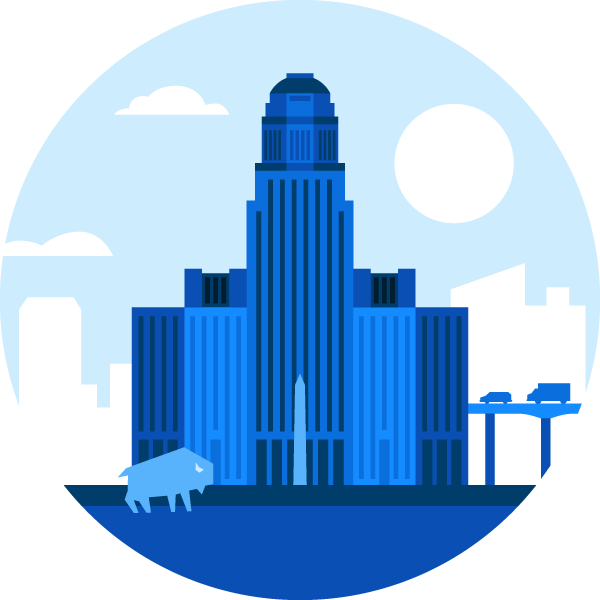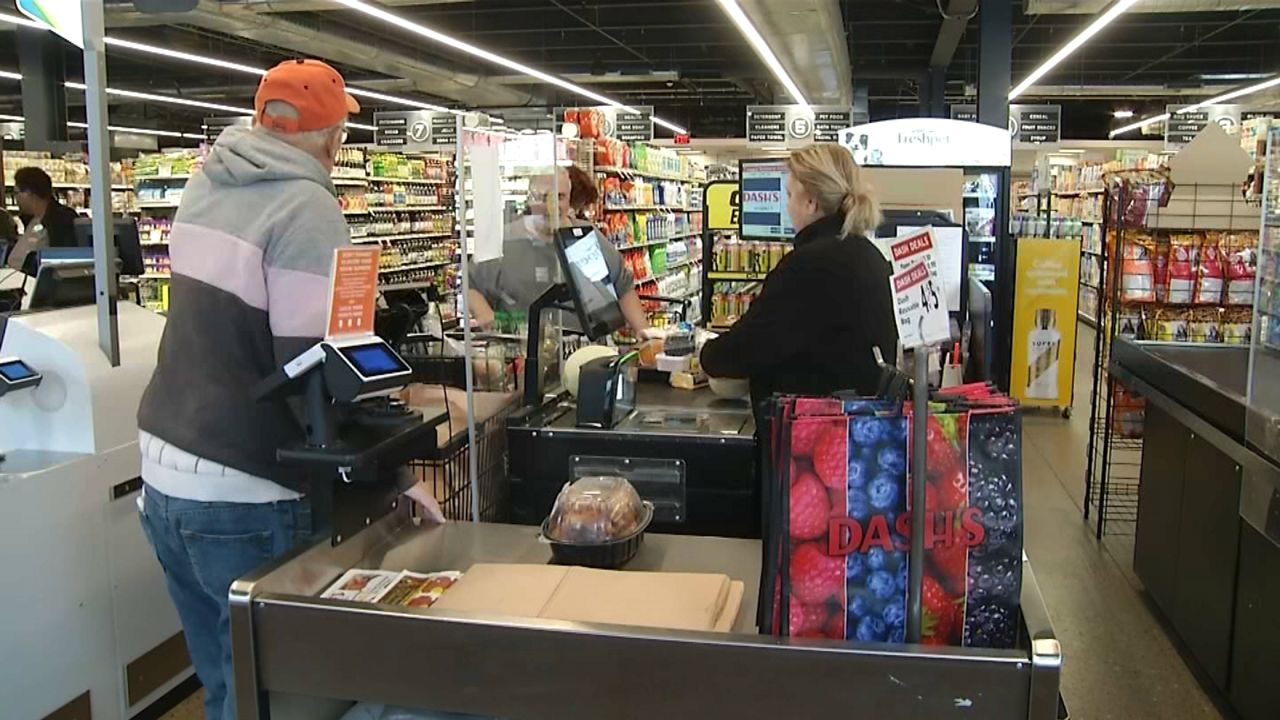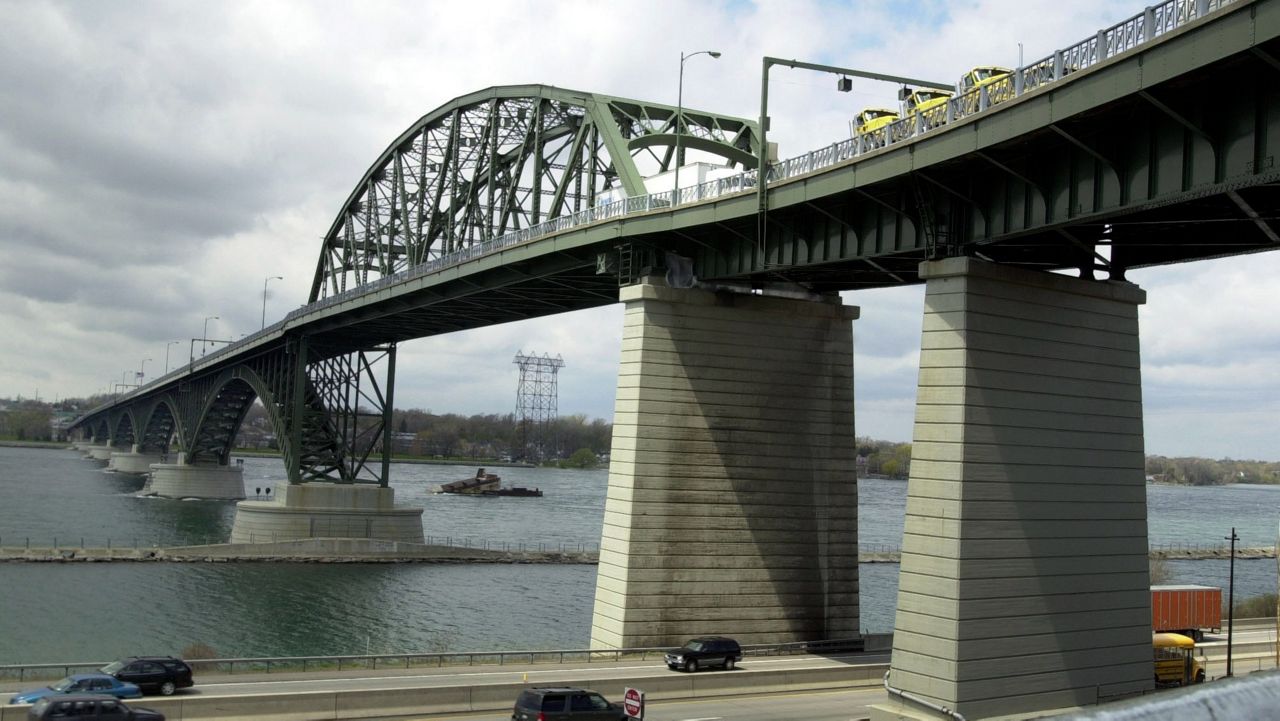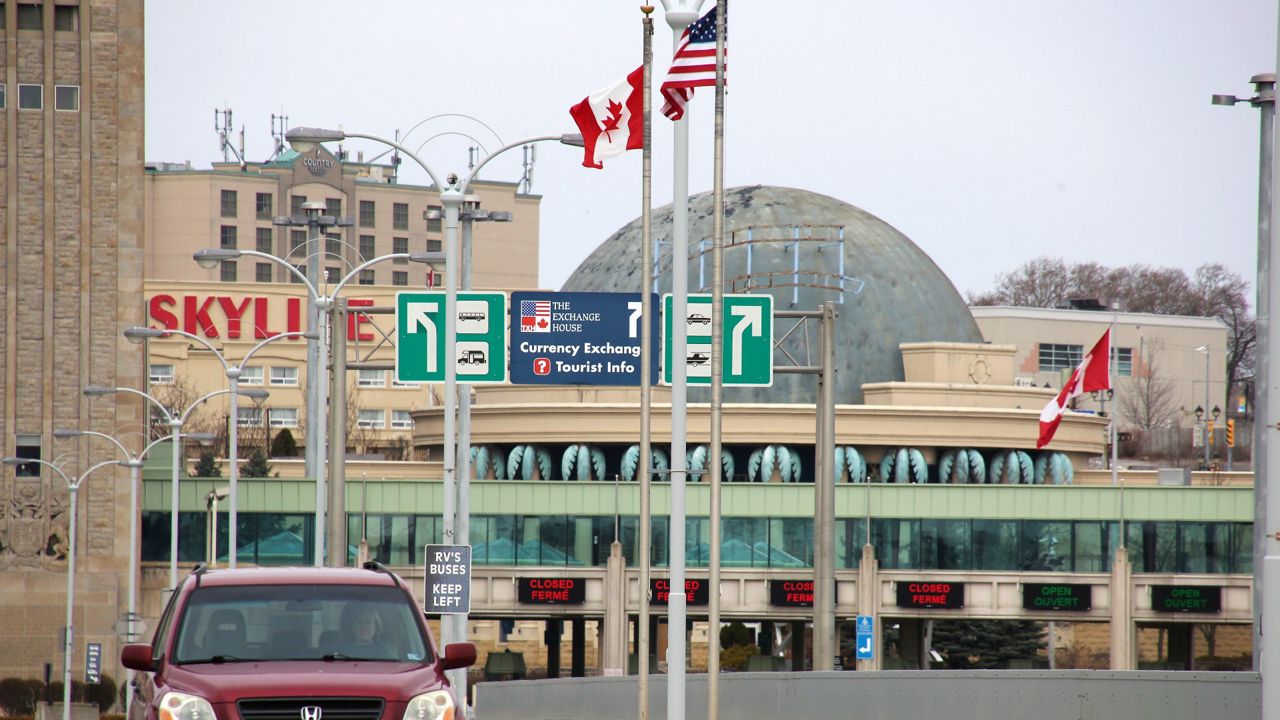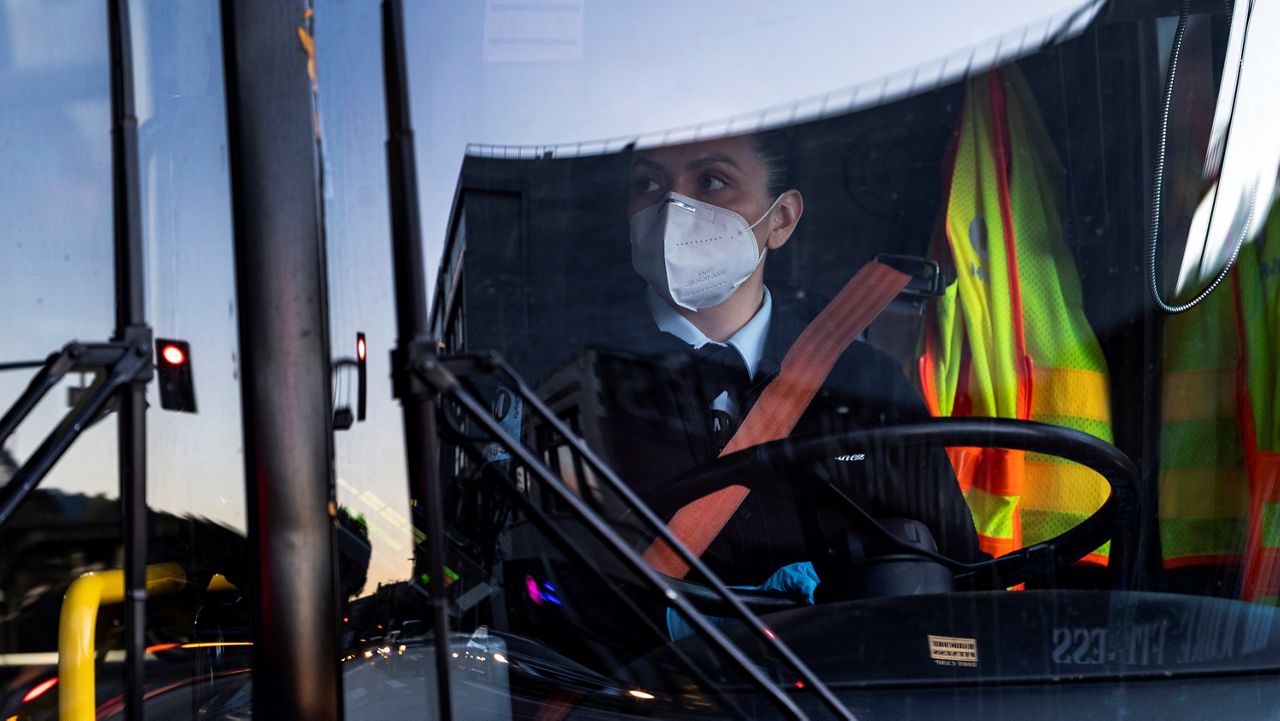Areas of Western New York are now designated as yellow and orange zones by Gov. Andrew Cuomo amid rising COVID-19 infection rates.
Cuomo announced at a news conference Wednesday that Western New York has the worst COVID-19 situation in the state.
Areas of Erie County are now transitioning to an orange zone designation, while areas of Niagara County are now designated yellow zones.
Yellow zone guidelines restrict gatherings to 25 people or less. Indoor and outdoor dining is permitted, but a maximum of four people will be allowed at each table. Schools will remain open, but weekly testing of students and faculty is now a requirement.
Orange zone designations call for certain high risk non-essential businesses like gyms, fitness centers and classes, barbers, hair salons, and personal care services, to close. Outdoor dining will still be allowed.
Schools in the orange zone would have to close and operate remote only. Both indoor and outdoor gatherings would be limited to 10 people max.
And if COVID-19 cases still increase, a red zone designation would be on the horizon, which would be similar to complete lockdown restrictions back in March 2020.
At his conference, one of Cuomo’s slides read: “Western New York hasn’t lived the full pain of COVID’s wrath.”
“You will see a tremendous spike after Thanksgiving,” Cuomo said. “No scientific date, no health commissioner said that. That’s my personal theory…”
The highest infection rates in Western New York, as provided by the state, are as follows:
- Hamburg: 9.78%
- Lancaster: 9.42%
- Orchard Park: 7.51%
- Buffalo: 7.30%
- Tonawanda: 6.84%
Western New York’s seven-day coronavirus infection rate is 5.1%, the highest in the state.
In Erie County: Buffalo, Tonawanda, Grand Island, Amherst, Clarence, Lancaster, Cheektowaga, West Seneca, Elma, Orchard Park, Hamburg, Aurora, Eden, and Evans are now in the orange zone designation.
Newstead, Alden, Marilla, Wales, Boston, Brant, North Collins, Collins, Concord, Colden, Sardinia, and Holland are now in the yellow zone.

